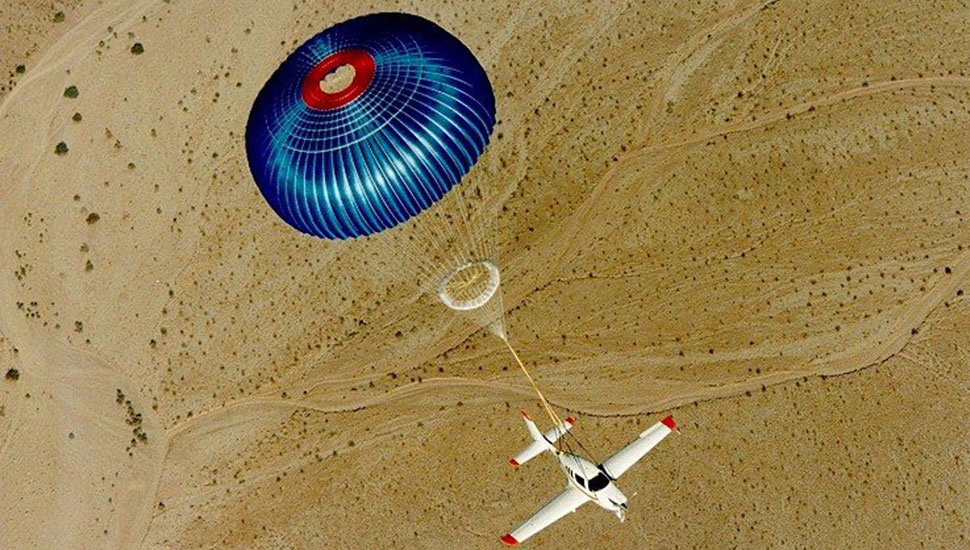Just as we did not wake up one morning to find department store lift attendants had disappeared, or light rail systems in our cities suddenly without drivers sitting in the cab, the advent of autonomous passenger aircraft is unlikely to be as much a revolution as a decades-long journey of many steps to public acceptance that only the oldest of us may recognise is happening.
Just as we did not wake up one morning to find department store lift attendants had disappeared, or light rail systems in our cities suddenly without drivers sitting in the cab, the advent of autonomous passenger aircraft is unlikely to be as much a revolution as a decades-long journey of many steps to public acceptance that only the oldest of us may recognise is happening.
In commercial aviation, the autopilot has been a cockpit fixture for decades. The military has operated highly-sophisticated remotely-piloted air vehicles since the turn of the century, and that technology is rapidly moving into the civil sphere. Built-in sense-and-avoid capabilities and other artificial intelligence are beginning to replace the need for humans in the loop at all.

Shutterstock
Now Garmin has come out with what it calls the first automatic landing system for general aviation aircraft. In the event of an emergency, the programme kicks in at the touch of a button, taking control of the aircraft, calculating a flight plan, and landing safely at the nearest airport without the need for further intervention.
Piper in its M600 single-engine turboprop and Cirrus Aircraft with its Collier Trophy-winning Vision Jet are the first to incorporate the technology in the latest versions of their products, but Garmin is making it available to any manufacturer that fits its G3000 integrated flightdeck.
Cirrus, of course, led the way with what had been the ultimate insurance policy for passengers (or incapacitated pilots) in GA aircraft – its parachute system fitted to the SR22 piston and Vision Jet. But there is a world of difference between a graceful crash onto whatever piece of terrain or water happens to be below at the time – effectively what a deployed parachute permits – and a perfect landing at an airport.
It will be interesting to see what difference Garmin’s invention makes to sales of these two types, and if there will be further take-up from manufacturers, or competitive offerings from rival avionics specialists. At this stage, it is likely to be marketed purely as an additional safety feature. But Piper and Cirrus will now be selling effectively autonomous aircraft. It is surely another stage towards an eventual pilotless future.


























